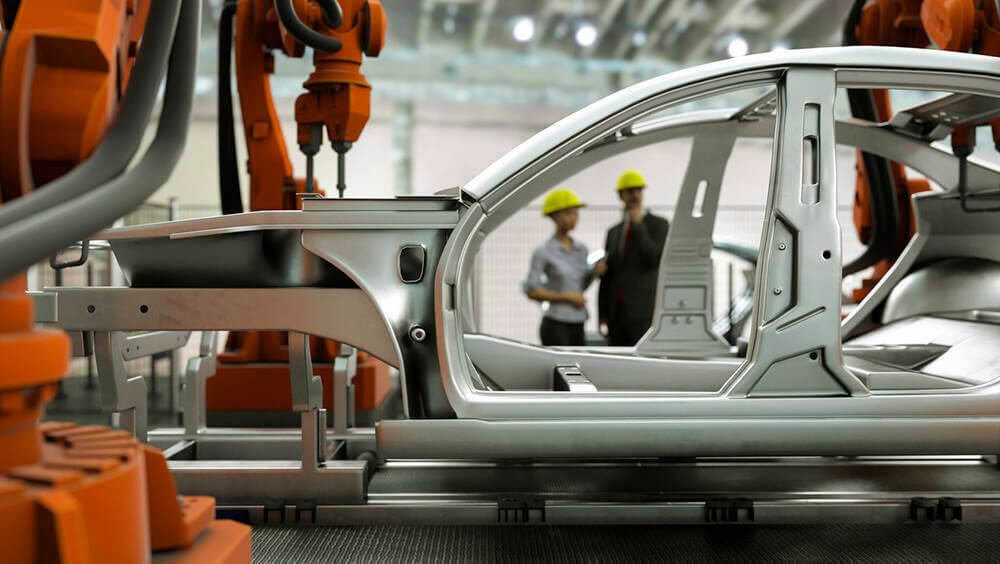
As the strike deadline looms at 11:59 p.m. on Thursday (Sept. 14) for 146,000 members of the United Auto Workers union, many have termed “audacious” the union’s call for significant wage increases, a four-day workweek and a “just transition” for workers moving to EV production, which requires less labor than conventional cars.

As both sides ramp up efforts to seize the opportunity to advance in collective bargaining, Daniel Graff, director of the Higgins Labor Program at the University of Notre Dame, noted that the strong economy and demand for new vehicles, alongside the uncertainty of technological change, has put both the union and the corporations in a position of strength.
“Whether or not the union’s demands are realizable in this bargaining round, it is interesting to note that many of the UAW’s earlier calls for converting more productivity and profit gains into workers’ wages and benefits met with similar initial reactions,” said Graff, who has a joint faculty appointment in the Department of History and the Center for Social Concerns.
“Now many, though not all, of those ‘audacious’ demands have been redefined as essential components of a ‘good job’ today.”
The current contract negotiations are reminiscent of those in the heyday of American unionism from 1945 to the 1960s, Graff said, with UAW’s new president Shawn Fain seeming to “channel the ghost” of legendary UAW leader Walter Reuther, who helped bring about company-paid health care, pensions, paid vacations, supplemental unemployment benefits and cost-of-living adjustments to autoworkers — making them the best paid and most secure workers in the United States in the post-World War II era.
“Fain’s militant rhetoric, charging the Big 3 with greed in its refusal to share more of its recent profit gains with workers, recalls Reuther’s frequent spars that automakers hoarded ‘excess profits’ at the expense of the rank and file and the broader public as well,” Graff said.
At the same time, he noted, this is a very different moment for both sides. In the 1950s, the UAW was the largest, most powerful union in the country, GM was the world’s biggest corporation, and trends in auto employment often produced spillover effects throughout the economy.
Today, the UAW is much smaller, and the auto sector is facing “an existential crisis” brought on by global competition and climate change, he said.
“On top of the competition from cars produced abroad and those made in the U.S. by non-union competitors, the industry is faced with pressing demands to curtail greenhouse gasses as we all ramp up the efforts to fight climate change,” he said. “In the transition to electric vehicles and the calls for more mass transit, we all have a stake in the outcome of these negotiations.
“Whatever the result — which many see as inevitably leading to a rare simultaneous strike of the Big 3 — perhaps we should thank the UAW for reinvigorating the public conversation around what we expect from corporations and good jobs in the 21st century.”
Originally published by at news.nd.edu on September 12, 2023.